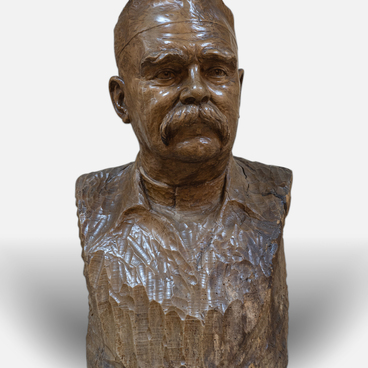The Museum of the History of the Resort City of Sochi takes pride in preserving the memory of the exploits of Soviet doctors during the Great Patriotic War. When the war began, most of the men in Sochi who worked in health resorts were called up to the army.
Sochi began to transform into a hospital city from the very first days of the war, receiving its first wounded soldiers and officers on August 5, 1941. The workload was intense: due to the shortage of medical personnel, there was an average of 800 wounded per surgeon. Providing hospitals with sufficient medicine, household equipment, and food proved to be very difficult. Even during these challenging times, scientific progress continued: Sochi doctors sought to employ the best and most effective treatment methods. They systematized and processed knowledge related to the methodology and treatment of injuries and diseases, prepared interhospital reports for scientific and practical conferences, and created medical devices from simple materials at hand.
The museum collection includes a unique fumigation
machine, associated with Nikolay Vasilyevich Romensky — an outstanding
cardiologist, lieutenant colonel of the medical service, and organizer of the
Sochi hospital base. In August 1941, Nikolay Romensky headed several hospitals
in Khosta (Nos. 2123, 3186, and 3806). He and his colleagues introduced the
fumigation method for treating long-healing festering wounds. The equipment
consisted of an artillery shell, a rubber hose with a wooden tip, a rubber bulb,
and a kerosene primus stove. Initially, sawdust and pine or fir needles were
used. After filling the cartridge case with these materials, a nurse would
place it on the burning primus stove. Shortly after, a bluish stream of
fragrant smoke would emerge from the hose. The wounded were then invited into
the room for a “smoke” procedure, which lasted from three to five minutes, and
the wounds would typically heal within one to two weeks. Other hospitals
learned about this phytoncidal treatment but did not take it seriously.
Subsequently, at the suggestion of Sochi auxiliary evacuation point No. 104, a
special conference was held in the city, where Dr. Romensky demonstrated the
fumigation therapy equipment and reported on cases where wounded soldiers were
cured with the help of pine sawdust.


